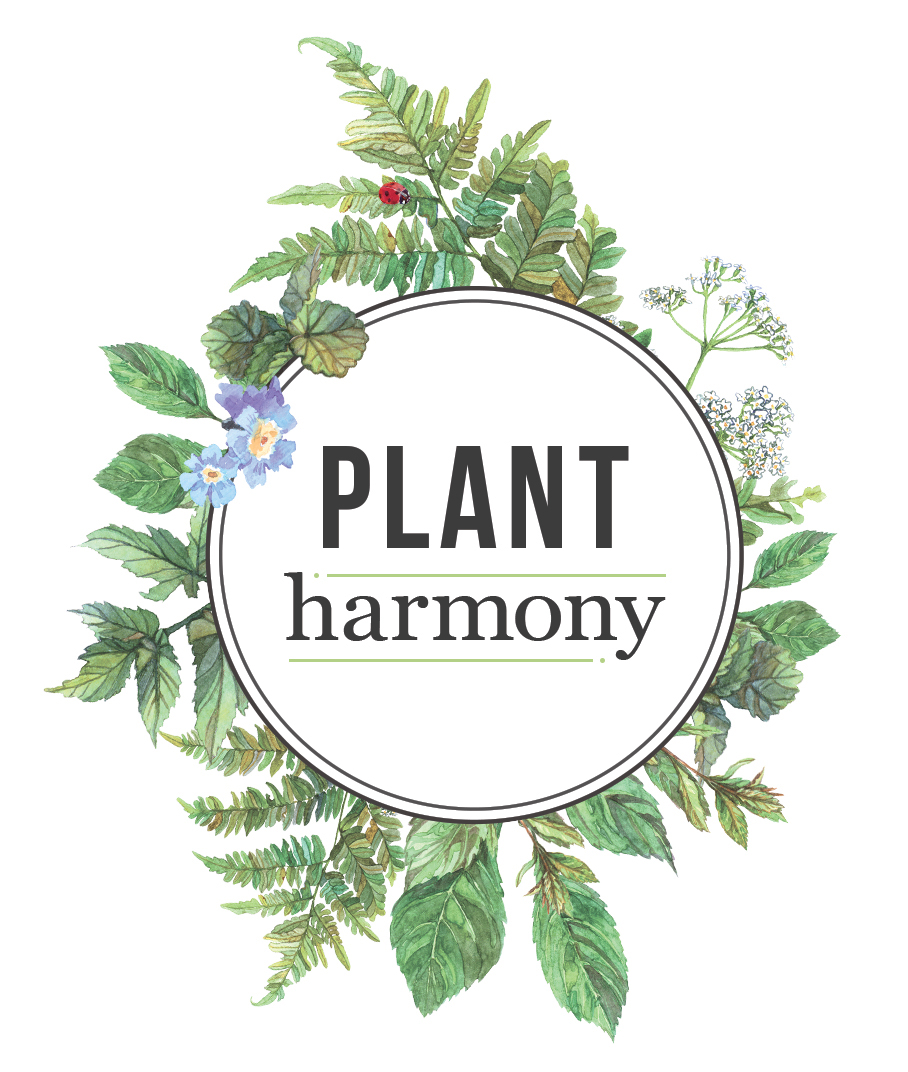Let's talk about Neem
How are you? What an unreal week we have all experienced. I hope you have found peace and solace in your garden. I sure have. I've especially been enjoying the sunsets. It's been a treat to take in the dramatic colors of these past few evenings.
Were you able to join my class with Sloat Garden Center yesterday? It was a huge success and a lot of fun. We had more guests than anticipated, which was a wonderful surprise, however Jen & I were not prepared to navigate all of the really good questions that funneled in. If I missed your question, please email me. I don't want to leave you hanging by any means.
One emailed question I did receive was about neem and why it doesn't seem to always 'work'. I thought I'd take a moment to explain the 'why'.
First let me explain a bit about this pesticide:
Neem oil comes from the Azadirachta indica tree, native to Pakistan and India. It has been used in Ayurvedic practices for over 5000 years (that's a long time!). The neem we buy, 'neem oil' as a pesticides, such as this ones pictured here, has been extracted from the seeds of the Azadirachta tree, similar to the way olive oil is processed. The oil is then separated into two pesticides; Azadirachtin and Clarified Hydrophobic Extract of Neem Oil. The second is what you will see listed as the active ingredient on the bottle of neem you use as a pesticide.
It's mode of action:
Clarified hydrophobic extract of neem oil (neem oil) is very unique. When applied as a foliar spray, according to the product's label, neem works in a number of ways to manage the pest. Neem has anti-feeding properties, causing the insect to stop feeding, leading it to starvation. This action can take a number of days before seeing the insects die.
It also has growth regulating properties, inhibiting insects to lay eggs and preventing larvae from maturing. This breaks the lifecycle of the insect, which reduces the population that you will see on your plant, also taking a bit of time to make a noticeable decline of the pest. These could be the reason why you may not see immediate results.
Neem, because it is an oil, does coat the insects and can suffocate certain types of insects, such as aphids, scale, mealybugs, and whitefly nymphs. Neem oil is also listed to control spider mites and a variety of diseases, such as black spot, rust and powdery mildew. Because of this ability to manage insects, mites and diseases, it is sometimes referred to as a 3-in-1 pesticide.
Remember to ALWAYS read the label and follow the application according to the label. If you don't see the pest on the label, then this pesticide isn't designed to combat that pest.
Things to note:
Something else that I like to share is that since it is a fairly broadspectrum (meaning killing a broader number of pests), having the 3-in-1 properties, when it is being used to combat fungal diseases, such as black spot or rust on your roses, without careful inspection, you risk killing any beneficial insects that may be present. I have come to shy away from the 3-in-1 pesticides, now specifically using an insecticide for managing the bugs and a fungicide to manage the diseases when needed. I still will inspect the plant to ensure that only the pest is present and clear of any beneficials. Plants rarely will be effected by insect pest and fungal pests at the same time.
Neem is considered an eco-friendly, less toxic pesticide because it does break down rather quickly in the environment, within about a week or so after it is applied, which is most likely why it is so widely popular with organic gardeners. However remember that even eco-friendly pesticides are designed to kill, so if beneficial insects and pollinators are present, they will also be affected by this pesticide. They are not immune to neem's effects. This is why it is so important to know your target and to apply pesticides at the end of the day when our pollinators have finished foraging. By the morning, once the pesticide is dry, it will cause no harm to our beneficial friends.
One last thing to consider. If you are using a pesticide all of the time, meaning that you are regularly applying it to your plants, you may want to get to the bottom of why you have the pest issues that you are experiencing. When plants are in optimum health; healthy soil, correct watering, ideal growing environment, then they are unlikely to get many, if any pest problems. So you might want to look into what really is going on.
I hope you found this helpful.
In the meantime, take good care and stay well!
Until next time, happy gardening 🧑🌾
~Suzanne

